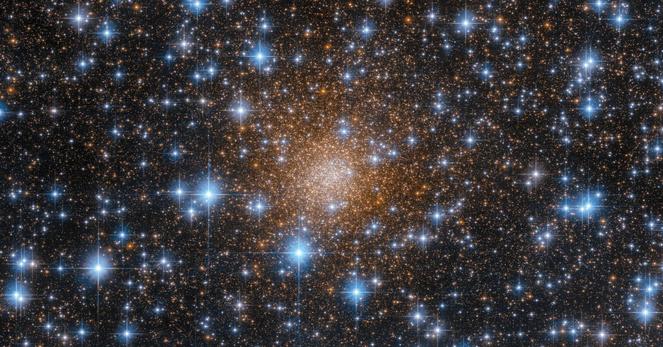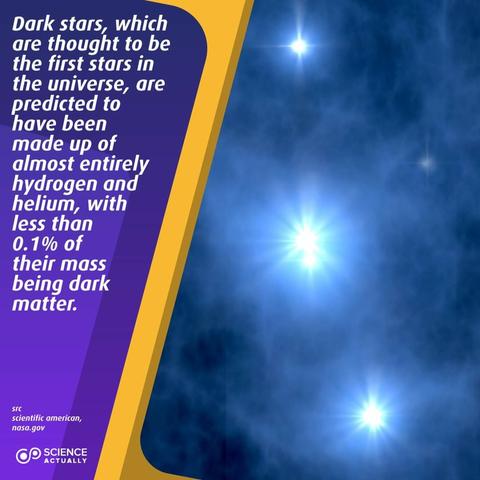Want to witness how the universe’s first stars transformed darkness into cosmic dawn? See how radio astronomy is cracking the code. #CosmicDawn #FirstStars #Astronomy
https://geekoo.news/listening-to-the-universes-first-light-new-radio-signals-reveal-ancient-stars/

